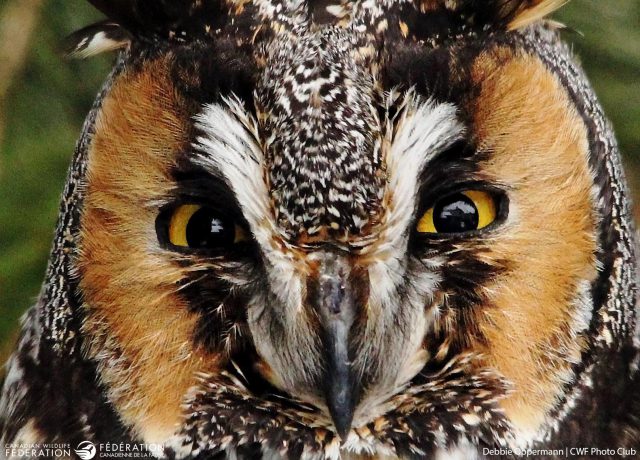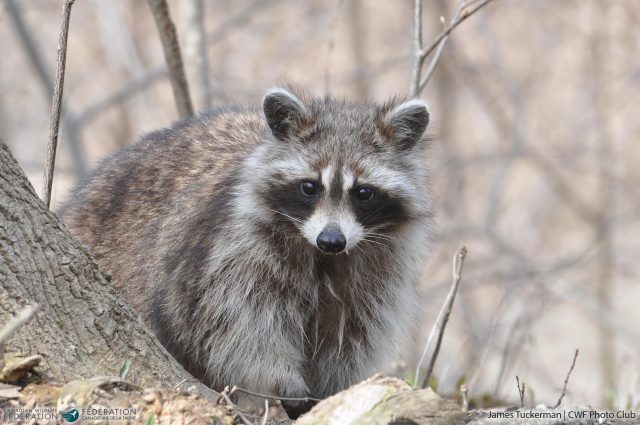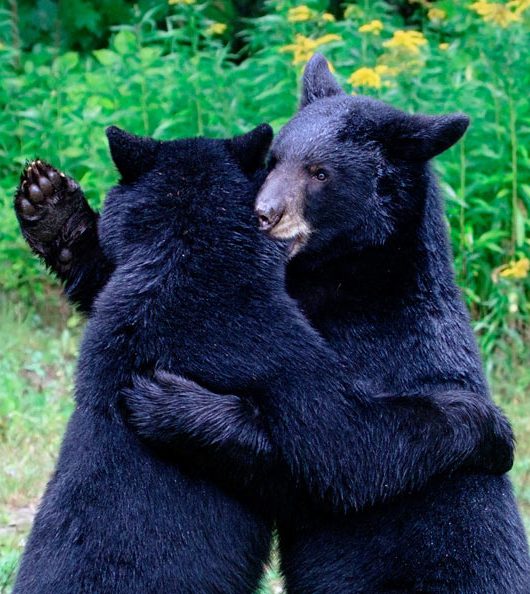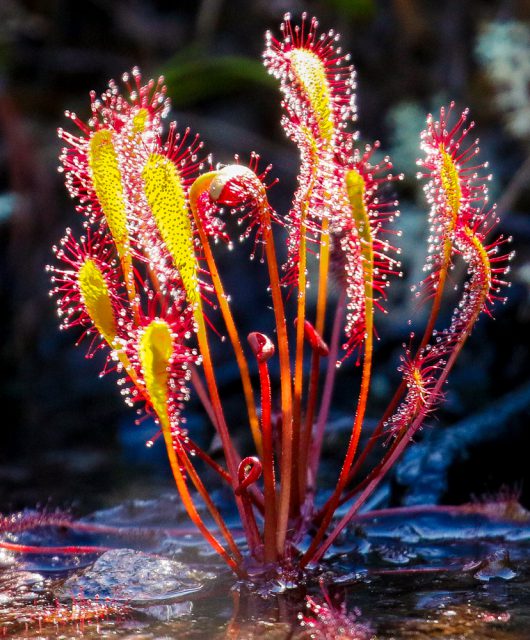Have you ever wondered what animals see and how it compares to human vision?
Do we see the same depth? Can they see further away? Can they see colour the same way we do? Well yes!!! … and no….
A Brief, Informal Science Lesson

Humans have the ability to see colour thanks to the presence of three cone photoreceptors in the eye. The number of cone receptors a species has determines how well they see different colours. Humans have three different types of cone receptors, known as trichromats, which allows us to see what we do. And you’ve guessed it – dichromats have two cone receptors which gives the ability to see some colour along with shades of black, gray and white, and species with monochromats only have one type of cone, which results in seeing shades of black, white and gray, and sadly, no colour.
The Trichromat Team

This may not come as a surprise given the many biological similarities that primates like chimpanzees, gorillas and orangutans have to humans, but you’ll be interested to know that all of these mammals have the same cone receptors as humans, meaning they see colour! One that may come as a surprise is that most (not all but many) fish also have trichromatic cone receptors, which means they are able to see colour underwater. Birds also have very good colour vision which explains how female birds are drawn and more likely to choose a mate with brightly coloured plumage. I’m looking at you, Northern Cardinals!
The Dichromat Bunch

Our furry companions like cats, dogs and rabbits have dichromat cone receptors – so they see some colour as well as shades of black, white and gray. Interestingly enough, our puppy pals have cone cells that pick up more yellow to blue colours than the other shades on the colour wheel.
The Monochromat Crew

Monochromat mammals who see in shades of black, white and gray include various bats, rodents and the common raccoon. One common denominator between these species mentioned is that they are nocturnal, so their monochromat vision gives them a special advantage at night. This may or may not come as a surprise, but most marine mammals are also monochromats! This includes seals, sea lions and walruses, dolphins, sharks and whales.
Of course, this list seems pretty simple, but there are other species that don’t quite fit into these categories – like snakes using thermal sensing to see. Some insects like butterflies see in ultraviolet.






12 comments
Let s all do our part!!!!
Very interesting. Appreciate the knowledge.
Very interesting article.
I was fascinated by the information here.. thank you
I would like to see more about Monochromat animals
Really enjoyed this article about how creatures see differently than we do. Would love to see more on this subject for sure!
Thank you for all you do!
As there are many types of humans, in many colours and shapes, there are also many types of wildlife, and these should be recognized and respected by us. Thank you for bringing this to everyone’s attention.
Enjoyed the e-article on How Animals See Colour – interesting! Thanks for getting this out and please keep stuff coming. ….Cheers!
I have always wondered about animal’s color perception. If dogs see yellow and blue, do they see some shades of green?
Great question! It appears dogs are not able to see green. It seems that green would look yellowish to a dog.
Birds are actually tetrachromats!!! In addition to red, green and blue, they have violet cone cells, which are also sensitive to the UV spectrum. Most of them have way better colour vision than us. Interestingly, owls don’t have the violet cones, but they can still detect UV. Owls are even fluorescent and it probably helps them recognize each other at night.